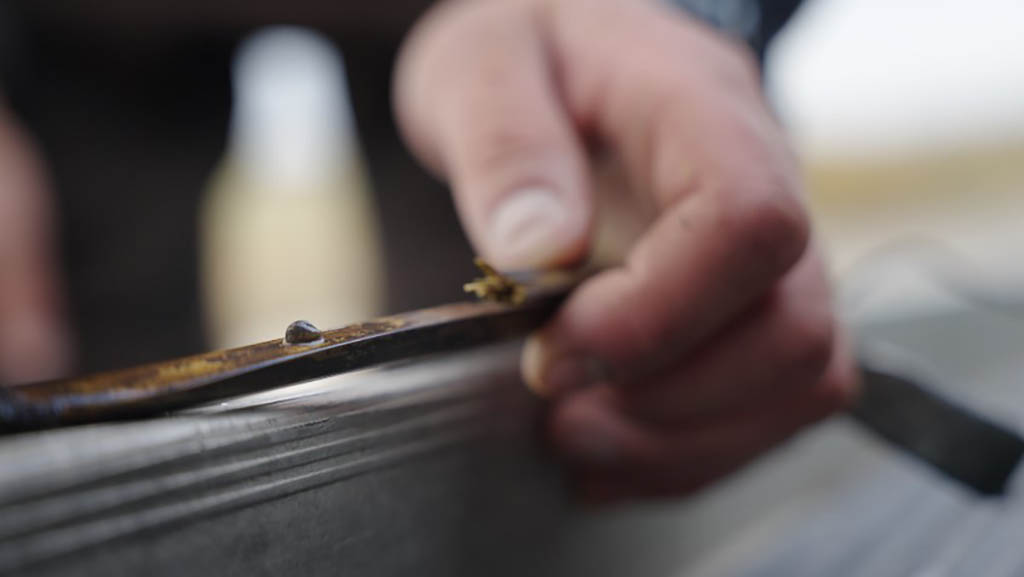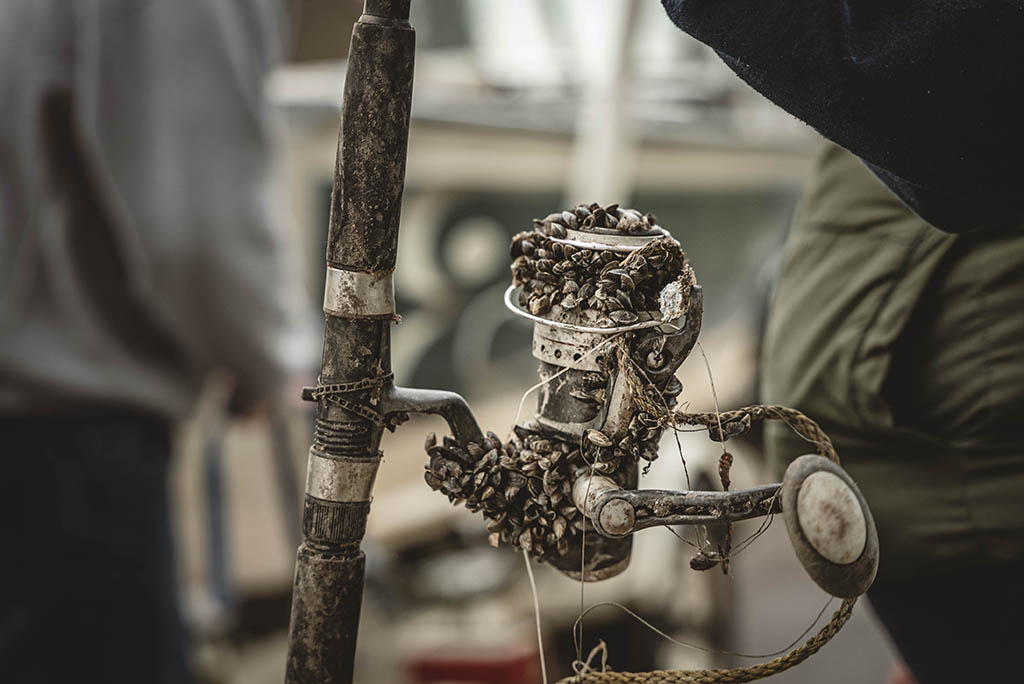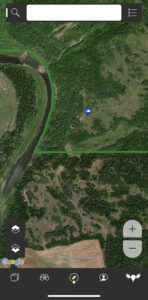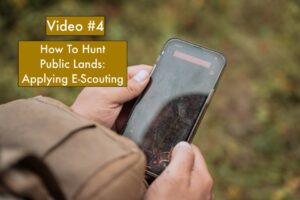By Nolan Sawatzky, MWF Manager of Conservation Stewardship
The Manitoba Wildlife Federation is teaming up with the Province of Manitoba’s Natural Resources and Northern Development Fish and Wildlife Department, as well as Hunt/Fish (Travel) Manitoba and the Fish and Wildlife Enhancement Fund to help educate the public on how to stop the spread of Aquatic Invasive Species (AIS).
This joint task force is developing a series of educational videos to correct some misunderstandings common among all those who frequent Manitoba’s many lakes and rivers in the summer and winter months.
The videos being produced will be shorter videos, ranging from 3-5 minutes in length, with the goal of providing the information on how all water goers are responsible for Cleaning, Draining and Drying their own boats and all water related equipment. These videos are being kept shorter in format in the hopes that this content will be easily understood by the public.
In total there will be 5 videos produced in collaboration. The first video will be a more educational video describing AIS and why stopping AIS is so important. The second video is detailing the Clean, Drain, and Dry methods of a normal fishing boat and all boat related equipment. The third video will again detail the Cleaning, Draining, and Drying of watercraft; however, this video will focus completely on pleasure craft such as canoes, kayaks, and stand-up-paddleboards. The fourth video will show the process of a decontamination site and will provide more information on when a decontamination is required. The fifth video will go over the process of Clean, Drain, and Dry during ice-covered months, this includes all ice fishing related equipment. A sixth video may be produced next summer, highlighting the proper Clean Drain and Dry methods for items such as beach toys and inflatables for those who may not own a water vessel but still frequent Manitoba Lakes and Rivers.
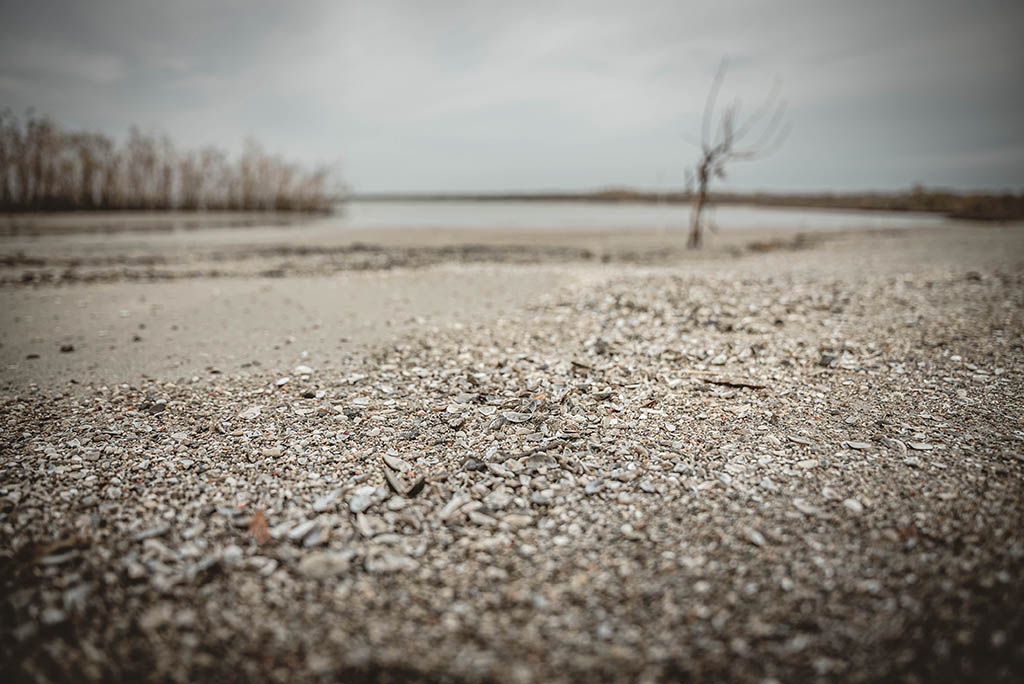
The goal of these videos is to hammer home the message that EVERYONE is responsible for helping to stop the spread of AIS every time they leave a water body. One of the biggest misconceptions about AIS prevention in Manitoba is that the decontamination sites are the primary way to stop the spread of AIS, and that if there is no decontamination site open or near-by then the boats or equipment won’t get cleaned. These videos aim to show the steps every boater or beach goer should be taking when they are leaving a water body, these steps are Cleaning, Draining and Drying your equipment after every use. The truth of the matter is that if everyone was diligent at following these guidelines every time they were on the water, there would likely not even be a need for decontamination sites.
These videos will aim to address the confusion around the clarification of decontamination. Many people believe that they can either take their equipment to a decontamination site to clean their boat or they need all sorts of compounds and chemicals or heating equipment to clean their equipment properly. While these methods are needed if an individual is leaving a control zone or going from one water body to another in the same day, these are not the basic methods of Clean, Drain and Dry that we are trying to get water goers to adopt too daily.
Clean, Drain and Dry simply means to Clean off any vegetation, mud or debris from your boat or equipment after every use. This involves a visual inspection of the equipment, removing any debris from the boats hull, trailer, motor, PFDs, paddles, etc. Drain simply refers to draining out all liquids from the vessel before leaving the area. This includes pulling the boats plug and draining the water completely before leaving the site, as well as any live wells or minnow trap water within the boat. Dry refers to drying the areas that collect moisture such as the live well, around the boats plug and in the hull of the boat. This also goes for vessels such as canoes and kayaks, a rag or towel should be used to dry out these boats as sponges can act as an AIS transporting device due to their inability to dry out completely in between uses. Once these areas have been wiped dry, all equipment should be air Dried once they are no longer being used. The drying of equipment will kill any microscopic AIS which may be left on the equipment.
The act of Cleaning, Draining, and Drying your equipment is extremely simple and it is these basic principles that the AIS video series will aim to get across to all those who use Manitoba’s waterbodies. If everyone does their part and practices the Clean, Drain, Dry steps we can greatly reduce the chances of spreading AIS in Manitoba.
